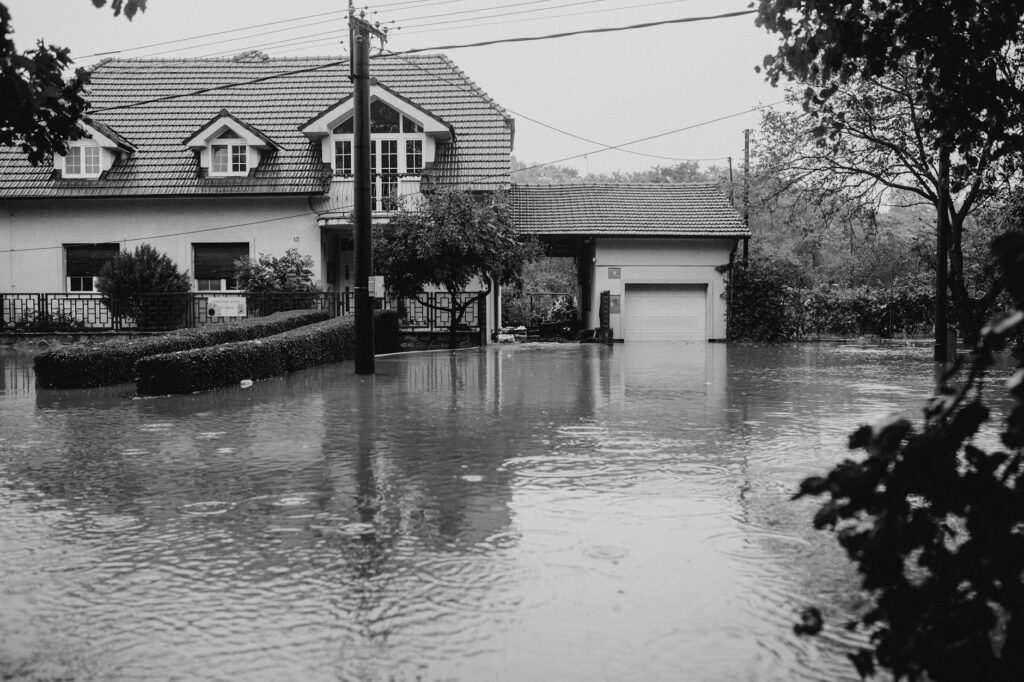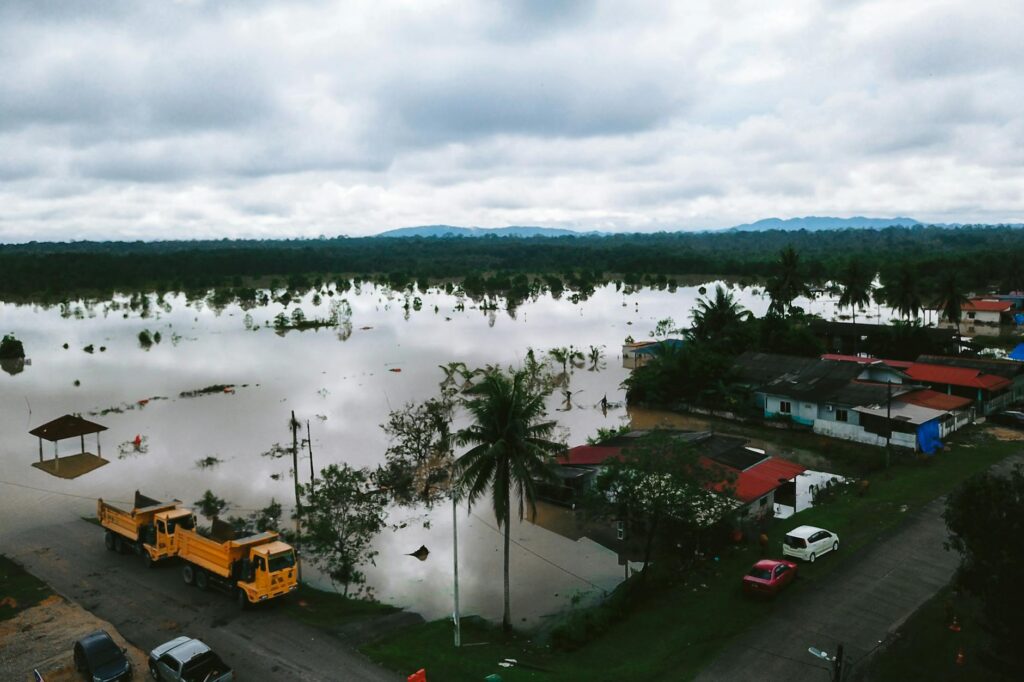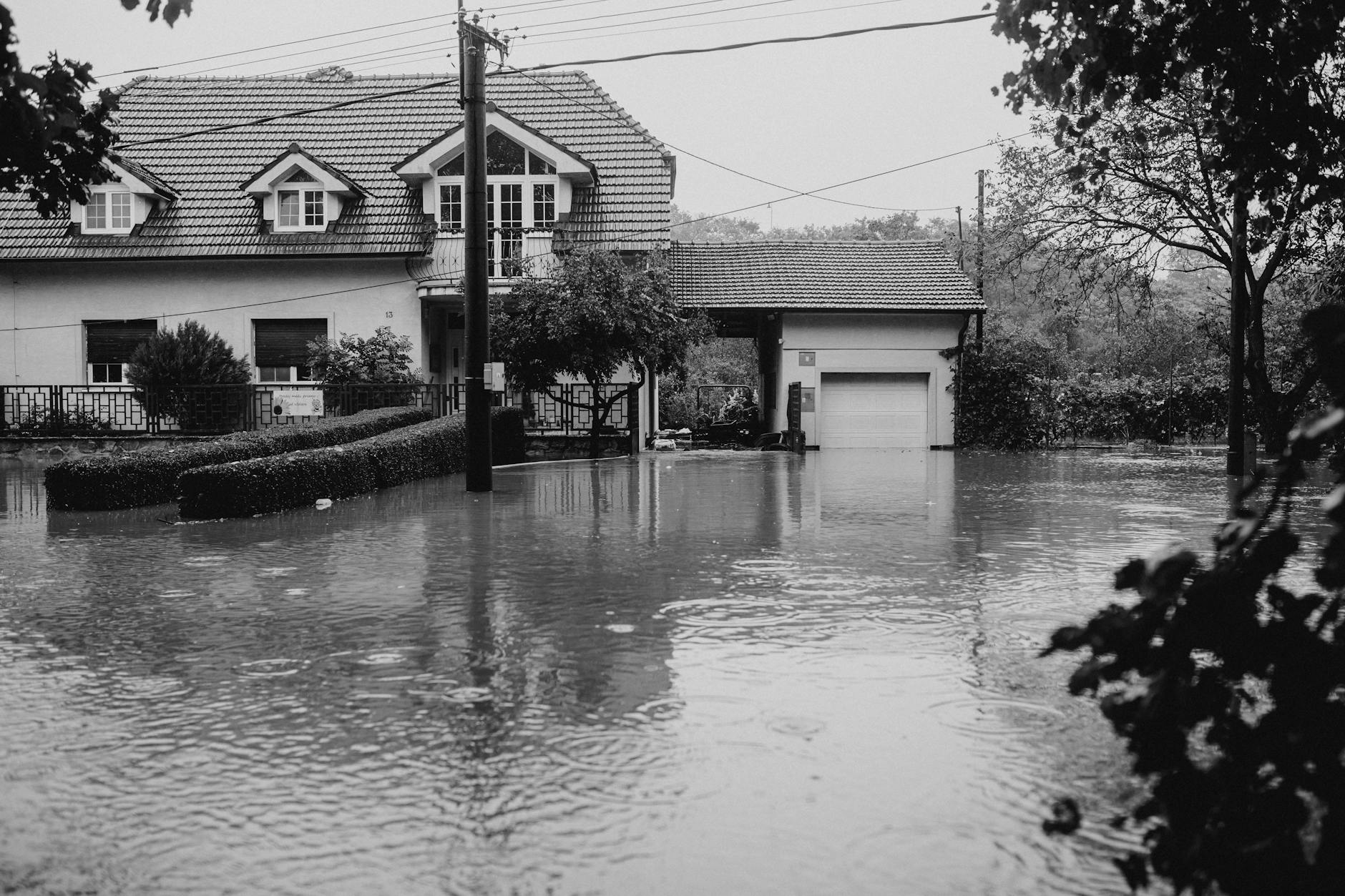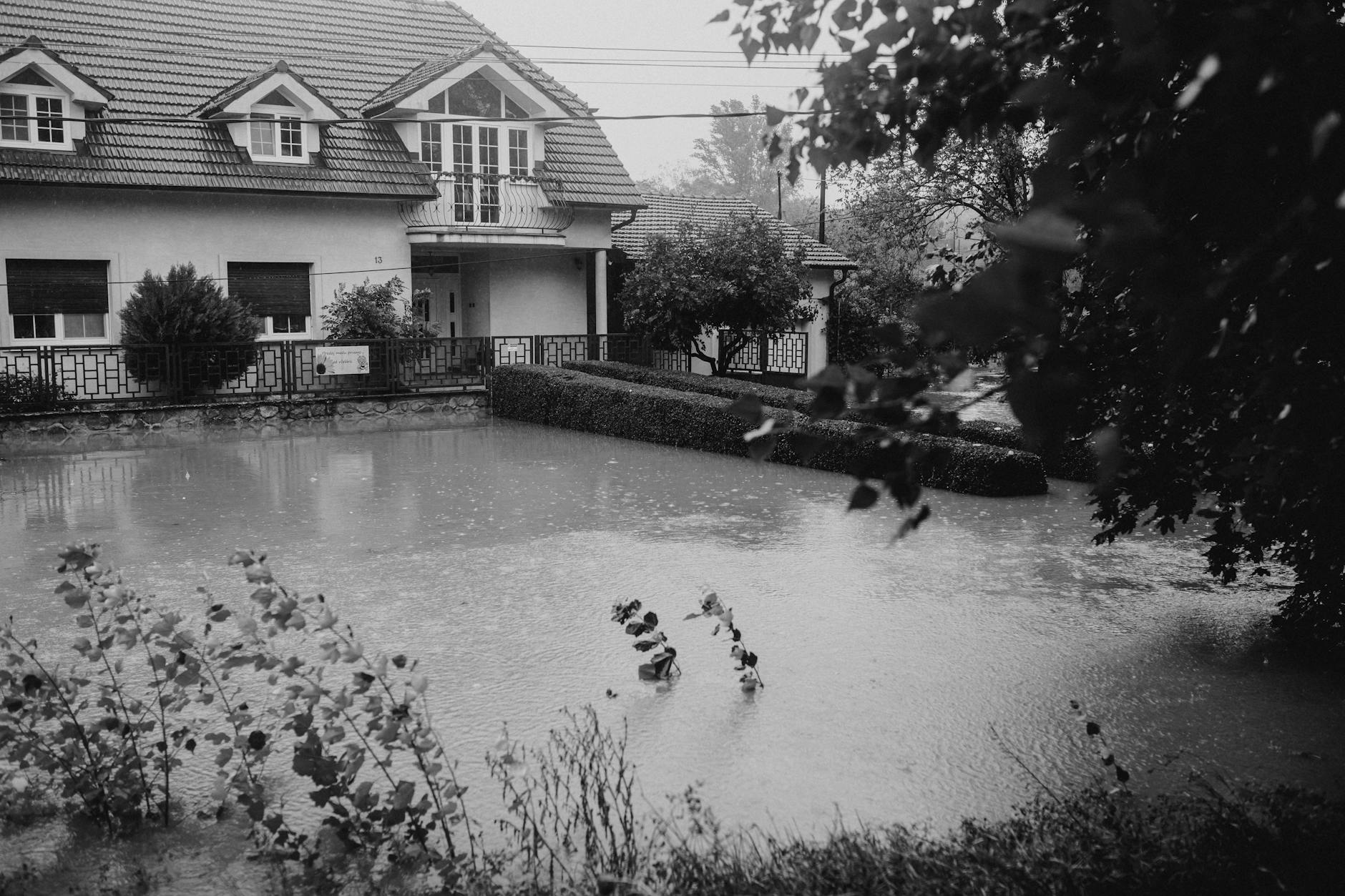Understanding Flood Insurance: A Comprehensive Guide
Flooding is a devastating natural disaster that can strike unexpectedly, leaving homeowners with significant financial losses. Unlike most homeowner’s insurance policies, flood insurance is typically purchased separately. Understanding the nuances of flood insurance is crucial to protecting your property and financial well-being. This guide will help you navigate the complexities of flood insurance and make informed decisions.
What Does Flood Insurance Cover?
Flood insurance covers direct physical loss to your building and personal property caused by flooding. This includes damage from rising waters, overflow of inland or tidal waters, mudslides, and waves. However, it’s essential to carefully review your policy as specific exclusions may apply. For example, damage caused by mold *after* a flood might require a separate claim. 
Who Needs Flood Insurance?
Many assume that only those living in high-risk flood zones need flood insurance. While risk is higher in these areas, flooding can occur anywhere. Even a seemingly small amount of rainfall can lead to significant flooding, especially in areas with poor drainage. Learn more about flood risk assessment to determine your level of exposure. Even if you don’t live in a high-risk zone, purchasing flood insurance is often a wise precaution. 
Types of Flood Insurance Policies
The National Flood Insurance Program (NFIP) offers two main types of flood insurance: building coverage and contents coverage. Building coverage protects the structure of your home, while contents coverage protects your personal belongings. You can purchase both or just one, depending on your needs and budget. Check the NFIP website for details on policy options and pricing. Understanding the difference between these coverages is key to selecting the right policy for you.
The Cost of Flood Insurance
The cost of flood insurance varies based on several factors, including your location, the value of your property, and the type of coverage you choose. Generally, premiums are lower in low-risk areas and higher in high-risk zones. To get an accurate quote, contact your insurance provider or use online comparison tools. Remember, the cost of flood insurance is often far less than the cost of repairing flood damage. [IMAGE_3_HERE]
Tips for Mitigating Flood Risk
While flood insurance is important, taking steps to mitigate flood risk can also reduce your vulnerability. This includes elevating your electrical systems, improving drainage around your home, and installing flood barriers. See our guide on flood prevention for practical tips to protect your property. Proactive measures can significantly reduce the chance of extensive damage and subsequent insurance claims. Learn about flood-resistant construction.
Conclusion
Securing adequate flood insurance is a vital part of protecting your home and belongings. By understanding the different types of policies, assessing your risk, and taking preventive measures, you can significantly reduce the financial burden associated with potential flooding. Remember to regularly review your policy and make adjustments as needed.
Frequently Asked Questions
What is the waiting period for flood insurance? There’s typically a 30-day waiting period after purchasing a flood insurance policy before coverage begins.
Does flood insurance cover damage from sewer backups? Coverage for sewer backups may vary depending on your specific policy and whether the backup is related to a flood.
Can I get flood insurance if I live in a high-risk area? Yes, flood insurance is available in high-risk areas, but premiums will likely be higher.
How often should I review my flood insurance policy? It’s a good idea to review your policy annually to ensure it still meets your needs.
What is the role of FEMA in flood insurance? FEMA manages the National Flood Insurance Program (NFIP), which provides flood insurance to homeowners.



